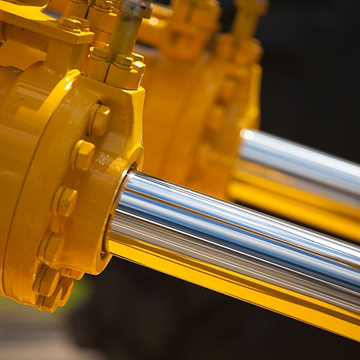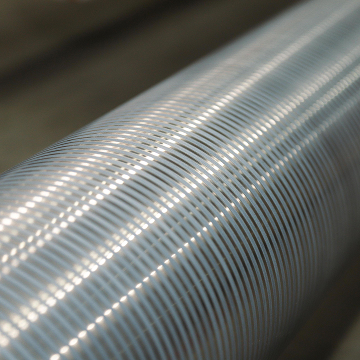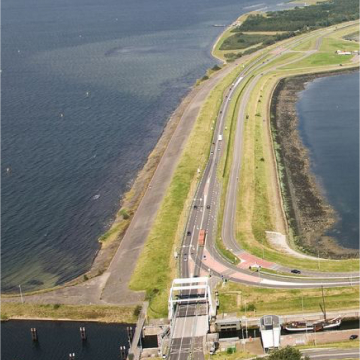
Thermal spray techniques
There are 5 main thermal spray techniques for applying the coatings. Griekspoor has the in house expertise to apply every one of these techniques.
HVOF Spraying
The coatings sprayed with HVOF are characterized by a low porosity and a high bonding strength.
Plasma Spraying
Plasma spraying is particularly suitable for materials with a high melting point such as ceramic materials.
Flame Wire Spraying
The extrudable materials for this process are metals and alloys that can be drawn into a wire shape, and have a melting point that is far below the temperature of the heat source used.
Flame Powder Spraying
In this process the spray material is fed in powder form through the gun using a transport gas injecting it centrally into a burning gas/oxygen mixture, where it is melted and delivered onto the substrate.
Arc Wire Spraying
The major benefits of electric wire spraying are its large spraying capacity and excellent adhesion.
Request we contact you
Request Quotation
Product data sheets

Get access to our download center
Get access

